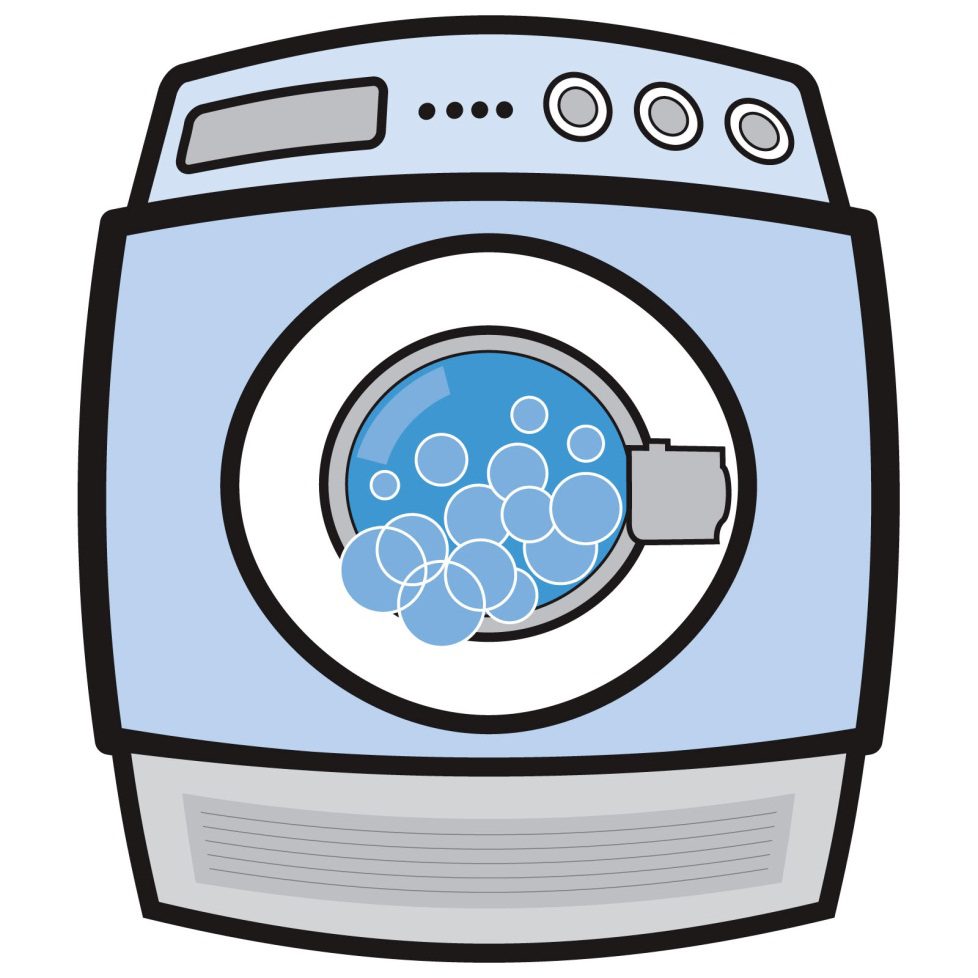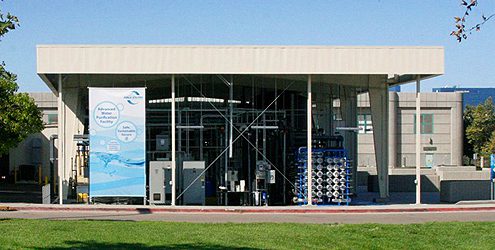 The San Diego County Water Authority unveiled a renovated demonstration garden at its Kearny Mesa headquarters designed to inspire more residents to create outdoor spaces that achieve multiple environmental benefits.
The San Diego County Water Authority unveiled a renovated demonstration garden at its Kearny Mesa headquarters designed to inspire more residents to create outdoor spaces that achieve multiple environmental benefits.

The approximately 3,000-square-foot garden provides a tangible example of the recommendations of the San Diego Sustainable Landscapes Program, or SLP, and highlights four key principles of sustainable landscaping.
Here’s what to look for when visiting the garden:
- Healthy, Living Soils: Healthy, living soils rich in organic content feed a complex soil food web. The soil holds water like a sponge and has nutrients for better plant health. Healthy soil may also play an important role in carbon sequestration. The garden has a 1.3 in layer of compost mixed into the soil and is topped with 3 inches of mulch to suppress weeds and reduce evaporation.
- Climate-Appropriate Plants: A large selection of beautiful groundcovers, shrubs and trees is compatible with San Diego’s mild Mediterranean climate. These plants use less water and exhibit diverse colors, textures and shapes, while providing endless design opportunities. The garden uses more than 20 varieties of very low to moderate water-use plants, placed in hydrozones where plants with similar irrigation needs are grouped together.
- High-Efficiency Irrigation: A smart irrigation controller adjusts water automatically in response to site and changing weather conditions. High-performance distribution components regulate pressure and are tailored to fit the exact watering needs of different plants in the landscape. The garden has inline drip irrigation and rotating nozzles to maximize water-use efficiency.
- Rainwater as a Resource: Sustainable landscapes make the most of rainfall onsite. By slowing its flow, water is captured from rooftops and other hard surfaces so it can sink into the soil or be stored for later use. The garden demonstrates rainwater harvesting through a bioswale and detention basin next to the building and rain barrels along the entryway.

The garden also features an exhibit-quality sign to introduce visitors to key sustainable landscaping principles. The sign includes a QR Code that enables visitors to use their smartphones to quickly locate related SLP resources at sustainablelandscapessd.org.
Smaller signs throughout the landscape identify specific plant types. Free brochures on sustainable landscaping featuring the landscape’s design plan and plant palette are also available for visitors to take home.

To learn more about water conservation incentives, programs, resources and more, go to watersmartsd.org or follow SDCWA on Facebook, Twitter and Instagram.









 Today’s blog comes from our Community Program Coordinator, Moriah as she shares her love for San Diego craft beer and our environment!
Today’s blog comes from our Community Program Coordinator, Moriah as she shares her love for San Diego craft beer and our environment!
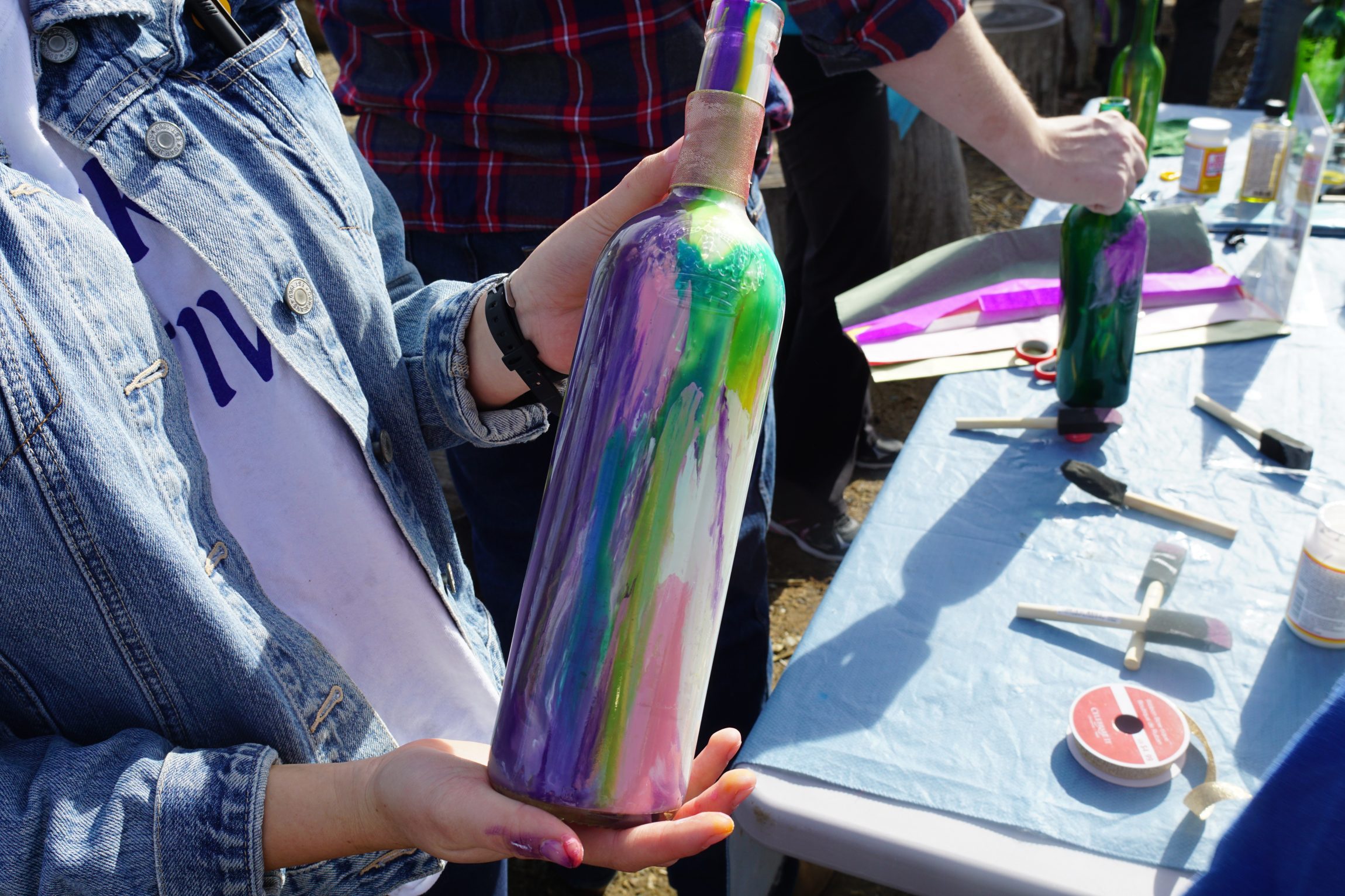



 At our first Sustainable Living Series workshop – What to Know about H2O – I Love A Clean San Diego staff set out to tackle that very question. After reviewing the history of water in San Diego, participants rolled up their sleeves and dug into our repurposed planter activity. Using items salvaged from Goodwill as pots, we planted succulents, saving water and saving items from the landfill in one fell swoop.
At our first Sustainable Living Series workshop – What to Know about H2O – I Love A Clean San Diego staff set out to tackle that very question. After reviewing the history of water in San Diego, participants rolled up their sleeves and dug into our repurposed planter activity. Using items salvaged from Goodwill as pots, we planted succulents, saving water and saving items from the landfill in one fell swoop.
 I Love A Clean San Diego’s Board President, Eric, is a water saving pro, so it was only fitting that we used his home as a backdrop for our video. He and his family have made all sorts of changes – some small, some large – to make their home more water wise.
I Love A Clean San Diego’s Board President, Eric, is a water saving pro, so it was only fitting that we used his home as a backdrop for our video. He and his family have made all sorts of changes – some small, some large – to make their home more water wise.



 Today’s blog comes from our Education Manager, Erika. To help all of us to better understand the relationship between our water use and drought conditions, Erika has taken it upon herself to become well-versed in the ways of water conservation. Read on to learn more about how you can help America’s Finest City reach its water conservation goals!
Today’s blog comes from our Education Manager, Erika. To help all of us to better understand the relationship between our water use and drought conditions, Erika has taken it upon herself to become well-versed in the ways of water conservation. Read on to learn more about how you can help America’s Finest City reach its water conservation goals! 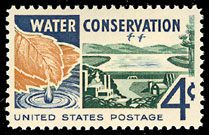


 Irrigation accounts for a large percentage of water use, especially in the summer. Our solution, go gray(water)! Laundry to landscape graywater systems don’t require permits. Take a course or
Irrigation accounts for a large percentage of water use, especially in the summer. Our solution, go gray(water)! Laundry to landscape graywater systems don’t require permits. Take a course or 

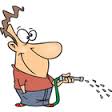 Limit outdoor watering to two days per week, less if you can.
Limit outdoor watering to two days per week, less if you can.